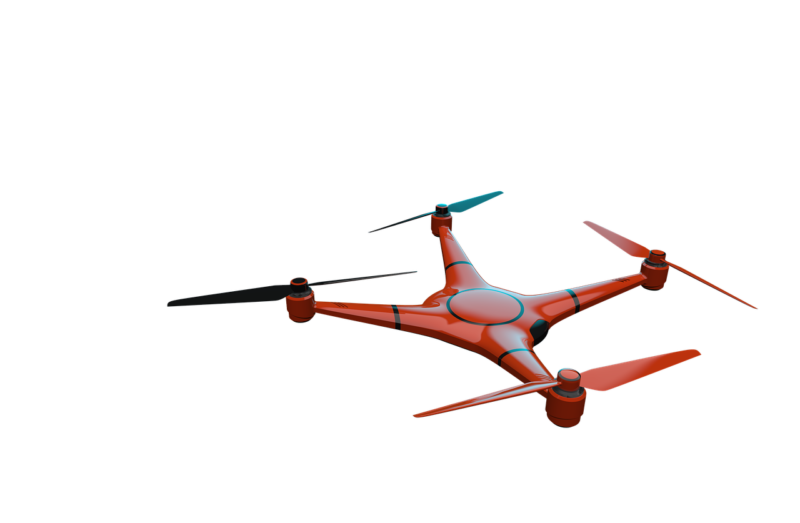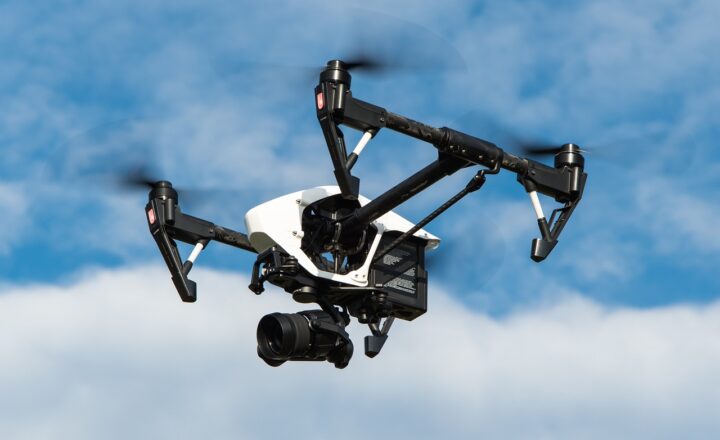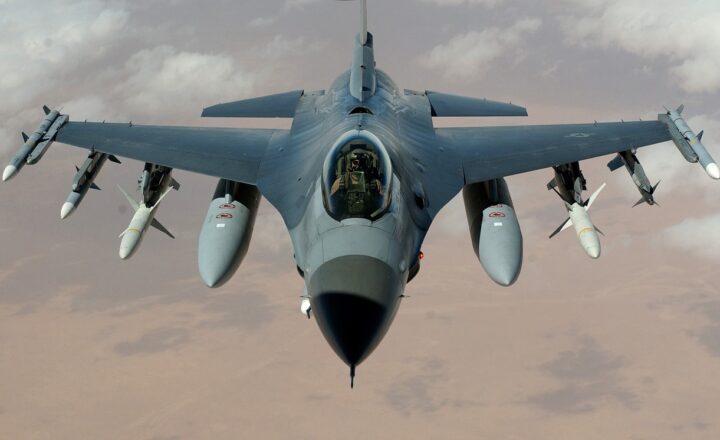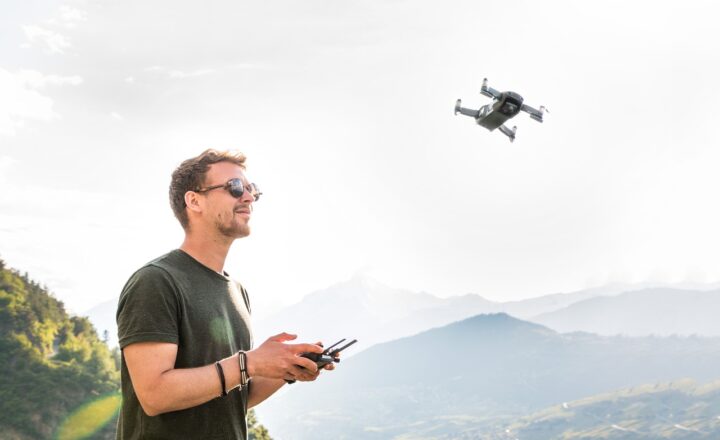The Evolution of Quadcopters: How Drones Have Evolved from Toys to Professional Tools
November 14, 2024

Quadcopters, commonly known as drones, have captured imagination and innovation across various sectors over the past decades. What started as toys for hobbyists has evolved into professional tools utilized in photography, agriculture, delivery services, and more. This article explores the fascinating journey of quadcopters, tracing their historical roots, technological advancements, and potential future.
1. The Origins of Drones
The origins of drones can be traced back to the military during World War I, where aerial surveillance was first conducted. The development of unmanned aerial vehicles (UAVs) began as early as 1916 with the Kettering Bug, considered one of the world’s first drones designed for combat purposes.
By the late 20th century, with the advancement of technology, the use of drones expanded into various military applications such as reconnaissance and remote attacks. However, it wasn’t until the 21st century that quadcopters transitioned into the consumer market, changing the face of hobbies and professions alike.
2. The Birth of the Hobbyist Quadcopters
In the early 2000s, advancements in technology led to the introduction of affordable quadcopters aimed at hobbyists. Companies like Parrot and DJI capitalized on this trend, offering users drones equipped with cameras, GPS, and increasingly sophisticated stabilization technologies.
These early consumer quadcopters were relatively simple to operate and provided amateur flyers with a means to explore the skies. With features like altitude hold, one-button takeoff, and beginner modes, they quickly became popular among tech enthusiasts and outdoor adventurers.
As drones became more mainstream, their use expanded beyond mere toys. They began to be used for aerial photography and videography, opening up new possibilities for filmmakers and photographers.
3. Technological Advancements Driving the Drone Revolution
Advancements in drone technology have played a critical role in their evolution. Key innovations include:
- Camera Integration: The integration of high-definition cameras revolutionized aerial photography and videography, making it accessible to amateurs and professionals alike. Drones equipped with stabilizing gimbals allow for smooth, cinematic shots from the sky.
- GPS and Autonomous Flight: GPS technology and autonomous flight modes have made drones easier to control. Features like waypoints, follow-me modes, and obstacle avoidance have made flying more intuitive and safer.
- Battery Life and Propulsion Systems: Improvements in battery technology and energy efficiency have extended flight times, allowing drones to cover larger areas and handle more demanding tasks.
- Sensors and Software: Innovations in sensors and software have enabled advanced functionalities such as live streaming, real-time data analytics, and advanced mapping capabilities, opening the door for professional applications in various industries.
These advancements not only enhanced user experience but also established drones as professional tools in various sectors from agriculture to real estate.
4. Drones in Professional Environments
Today, drones are entrenched in several professional fields, offering solutions that increase efficiency and safety in challenging environments. Some notable applications include:
- Agriculture: Drones are used in precision agriculture to monitor crop health, assess soil conditions, and optimize irrigation practices by providing farmers with real-time data on yield potential.
- Construction and Infrastructure Inspection: Drones allow for quick, thorough inspection of construction sites and infrastructure, enabling engineers to detect potential issues early on, reducing risks and costs associated with manual inspections.
- Emergency Response and Disaster Relief: In emergency situations, drones provide first responders with critical information on affected areas, helping in search and rescue operations and assessing damage efficiently.
- Delivery Services: Companies like Amazon and Google are investing in drone technology for efficient delivery systems, aiming to reduce delivery times and costs, transforming logistics and e-commerce.
These applications highlight the versatility and importance of drones in professional contexts, showcasing their ability to improve productivity and safety.
5. Regulatory Challenges and Future Prospects
As the prevalence of drones increases, so do concerns regarding privacy and safety. Governments worldwide are implementing regulations to ensure that drone operators adhere to safety protocols and respect privacy laws. For example, the FAA (Federal Aviation Administration) in the U.S. has established guidelines dictating where and how drones can be flown.
Despite the challenges, the future of drones is promising. As technology continues to advance, we can expect more sophisticated drones, improved regulations, and wider acceptance in numerous industries. Here are some future trends:
- AI Integration: The integration of AI will enhance autonomous flying capabilities, making drones smarter and safer in navigation and operations.
- Increased Applications in V.R.: The utilization of drones in virtual reality applications, including immersive gaming and training simulations, is on the rise.
- Enhanced Connectivity: Developments in connectivity technologies like 5G will facilitate real-time data transmission, improving operational efficiency and performance.
As drones continue to evolve, they hold the potential to transform the way we interact with technology and the environment around us.
Conclusion
The evolution of quadcopters from simple toys to sophisticated professional tools encapsulates a remarkable journey of innovation. Drones have transcended their origins, and as technology progresses, they are poised to play a vital role across various sectors.
As we look toward the future, embracing the potential of drones while ensuring responsible use will be crucial. The evolution is far from over, and the next chapter for these flying machines promises to bring exciting advancements that could redefine industries, enhance our quality of life, and unlock new frontiers for exploration and creativity.








